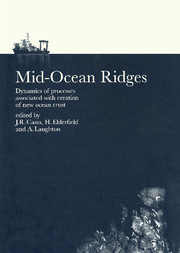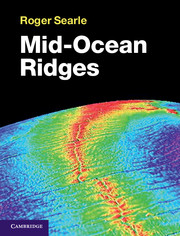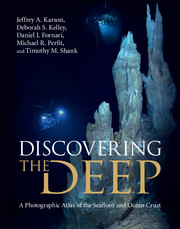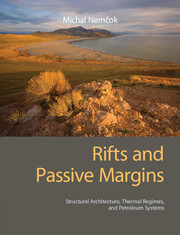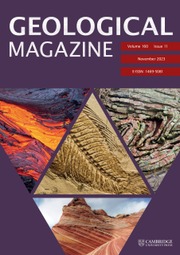Mid-Ocean Ridges
This book collects together multidisciplinary chapters on the most important problems that arise at mid-ocean ridges. The mid-ocean ridge system is the longest continuous feature of the earth's surface, at which the great majority of ocean floor is created, and volumes of seafloor volcanism vastly exceed those on land. It provides the means for much of the heat loss from the interior of the earth. Chemicals as well as heat are extracted by flowing seawater through the rocks of the seafloor, leading to spectacular areas of hydrothermal venting, affecting ocean chemistry and global climate. The chapters range from studies of the mantle and magma generation within it, through tectonics of mid-ocean ridges, to the physical, chemical and biological dynamics of hydrothermal systems. The book will be of importance to specialists and researchers wishing to become informed of the latest developments in the science of mid-ocean ridges. It will prove especially useful for new scientists entering the field.
- The only book which deals with latest ideas on the science of mid-ocean ridges
- From an international group of the best experts in the world
- Interdisciplinary (topics range from geophysics to biology)
Reviews & endorsements
' … this is a historic document that also contains some potentially timeless gems - and so I recommend it.' C. R. German, Journal of Experimental Marine Biology and Ecology
'The papers in the book span a huge range of subjects … each providing up-to-date yet relatively accessible overviews of their particular aspect of the science of mid-ocean ridges. The papers appear uniformly excellent, and some … are likely to become classic works'. C. J. MacLeod, Geoscientist
Product details
July 1999Hardback
9780521585224
310 pages
255 × 180 × 21 mm
0.805kg
83 b/w illus. 5 colour illus. 10 tables
Available
Table of Contents
- Preface J. R. Cann, H. Elderfield and A. Laughton
- 1. Sensitivity of teleseismic body waves to mineral texture and melt in the mantle beneath a mid-ocean ridge Donna K. Blackman and J.-Michael Kendall
- 2. Evidence for accumulated melt beneath the slow-spreading Mid-Atlantic Ridge M. C. Sinha, D. A. Navin, L. M. Mac Gregor, S. Constable, C. Peirce, A. White, G. Heinson and M. A. Inglis
- 3. An analysis of variations in isentropic melt productivity P. D. Asimow, M. M. Hirschmann and E. M. Stolper
- 4. A review of melt migration processes in the adiabatically upwelling mantle beneath oceanic spreading ridges P. B. Kelemen, G. Hirth, N. Shimizu, M. Spiegelman and H. J. B. Dick
- 5. Rift-plume interaction in the North Atlantic R. S. White
- 6. The ultrafast East Pacific Rise: instability of the plate boundary and implications for accretionary processes Marie-Helene Cormier
- 7. Seafloor eruptions and evolution of hydrothermal fluid chemistry D. A. Butterfield, I. R. Jonasson, G. J. Massoth, R. A. Feely, K. K. Rose, R. E. Embley, J. F. Holden, R. E. McDuff, M. D. Lilley and J. R. Delaney
- 8. Controls on the physics and chemistry of seafloor hydrothermal circulation Adam Schultz and Henry Elderfield
- 9. Where are the large hydrothermal sulphide deposits in the oceans? Y. Fouquet
- 10. Thermocline penetration by buoyant plumes Kevin Speer
- 11. Crustal accretion and the hot vent ecosystem S. Kim Juniper and Verena Tunnicliffe
- 12. Biocatalytic transformations of hydrothermal fluids Holger W. Jannasch
- 13. Sea water entrainment and fluid evolution within the TAG Hydrothermal Mound: evidence from analyses of anhydrite R. A. Mills and M. K. Tivey.

